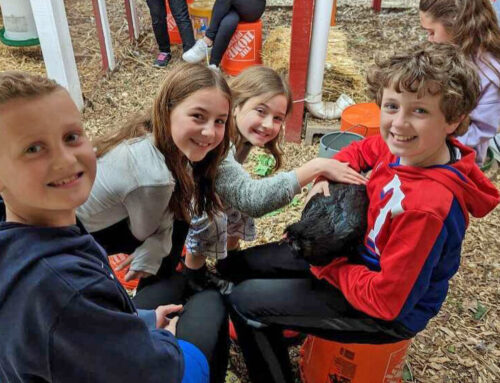When Marie Evans died, a quilt covered her casket. The women whose loving hands put it there were Marie’s fellow “Cover Girls,” and the moniker does not refer to Christy Brinkley or Cindy Crawford in this case. These super stars cover shivering shoulders, not fashion magazines. And their beauty lies in their hearts and the creations of busy hands.
In an age of throw-aways, from TVs to children, the Cover Girls — whose age averages around 70 — know what to hold on to.
“We want to do the most good for the most people,” says Bee Oldfield, a member of the Lake Highlands volunteer quilting group that sends along its handiwork to the Lutheran World Relief.
The needle-and-thread brigade keep their beneficiary in mind when they are making “the covers,” as they call them. Using what others would deem trash, they create treasures. Wool, corduroy, tweeds, cotton, and others are sorted into 12 categories.
One group cuts the material, another sews. After the pieces for the top of the quilt have been assembled, backing is inserted and the quilt can then be quilted or tacked.
“The best thing to use for inside is an old electric blanket. They are two-ply and you can take them apart,” says Bee. “The covers are light enough so that the Lutheran World Relief can ship them, but still they are warm.”
She adds that occasionally batting is used but those quilts go to the Emmanuel Lutheran Church refugee program: “Some went to Asians who arrived with nothing, some to Serbian gypsies who came with only the clothing on their backs. At least we are keeping them warm too.”
The group of six to eight are members of Central Lutheran Church and produce almost a hundred covers and quilts a year.
“I have been doing this 25 years with four years off to take care of my invalid father. We used to work one day a week at the church but we only made about 20 quilts a year then. When we started taking the pieces home, the number went up to a hundred,” she says.
The group has recently taken to Tacking Bees — which, in spite of its name, has nothing to do with insects, but is a revival of a sensibility lost when blankets became mass-produced. It is at this time that a group comes together to enjoy each other’s company and assemble the finished quilts. Retired gentlemen of Central Lutheran are attracted to the social aspect of the Bee and are learning from the ladies about the methods used to keep the top of the cover together with the lining.
“We really need the men. It gets hard to pull that needle through all those layers. They do the needle work and we do the clipping and tying,” Bee says.
But the Cover Girls’ method still differs from most quilters in that they do not cut the fabric into small pieces and sew it back together.
“We use basic squares. These are for practicality, not to put pretty. Although some of them do come out real pretty anyway,” Bee adds with a little pride.
As the leader of the group, Bee says she has been touched by the Cover Girls in big ways and small. On one occasion, the members were pleased to see a photo in a Lutheran tract of a young African boy holding up a stack of quilts.
They recognized the work.





